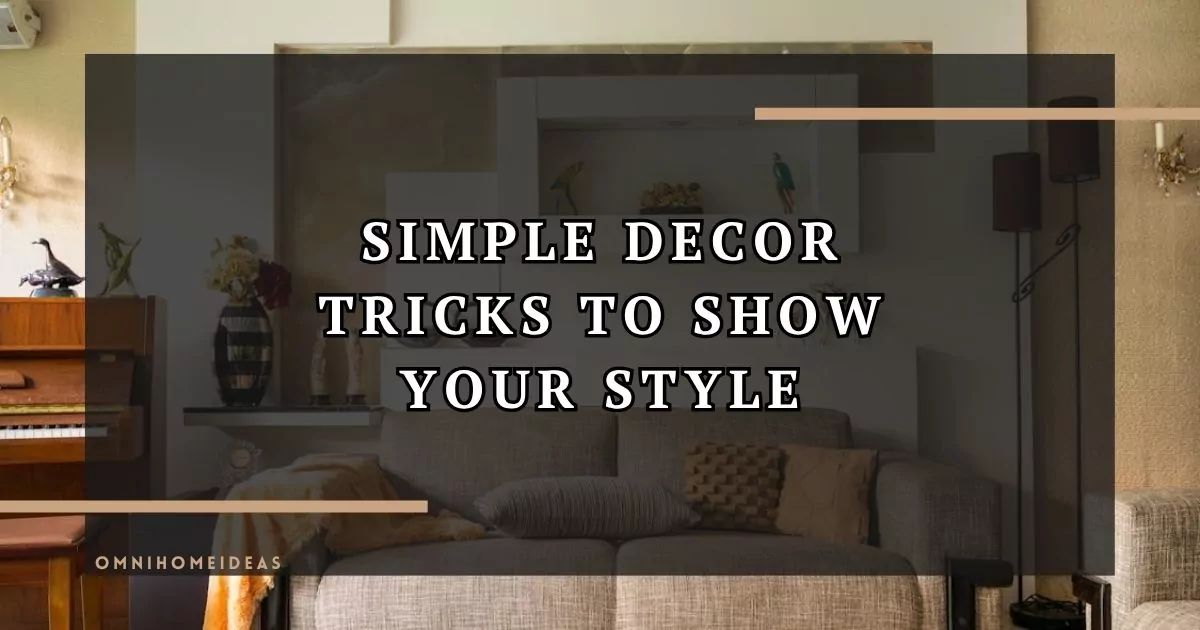It doesn’t take a full remodel or a truckload of new furniture to make a home finally feel unmistakably yours. Most of the time, the thing that flips a space from being a decent place to stay to a home is a handful of small, intentional choices.
If you want to see what I mean, spend five minutes looking at finely crafted details like grain that lines up or hand-rubbed finishes. A single one of these custom elements can reset the whole tone of a room. I often point people to the Legacy Handcraft site for inspiration, because it shows how one well-made piece can become a centerpiece that everything else revolves around.

Personality Over Perfection
There’s a reason personalizing your space feels so good. Research keeps linking our homes to our well-being. A report by the Happiness Research Institute and Kingfisher found that how we feel about home accounts for around 15% of overall happiness, outranking income or job title.
IKEA’s Life at Home research adds the idea that “home health” is multidimensional. Basically, it’s the total of how a space supports your mental, physical, social, and even spiritual well-being. That means small changes that tune how you sleep, connect, wind down, and create pay outsized dividends.
One Small Thing at a Time

If your place feels generic, don’t blow it up. Instead, push one thing toward the vibe you’re looking for. When in doubt, start with something you touch every day, like a switch or handle, or just re-mat a favorite photo so it reads as art instead of memorabilia.
Textiles are another safe bet. One wool throw with a texture you love can make an ordinary sofa feel special, while a narrow runner in a hallway will not only soften footsteps but also visually stitch a few rooms together. You can also rotate throw pillows with the seasons for a fresh look without having to make massive changes otherwise.
Telling Stories
For a more abstract approach, try picking a story or mood you want each room to exhibit and make small touches to serve that. If you’re looking for “calm weekend mornings” in your study, let warmer bulbs and a linen curtain lead. If you like having friends over, prioritize a lamp that lights faces in your living room and maybe a tray that makes passing snacks easier.
This type of thinking should also keep you from over-decorating and help you ignore trends that don’t fit your life. A great room should be a handful of cues pointing toward the life you want to live rather than a collage of purchases.
Materials Matter

Real materials can do a lot of heavy lifting as they age gracefully. Wood gains character, and stone always feels like it has a memory or two locked in there. If you can only change one material surface, again, choose something you come into contact with often. That way, the upgrade in quality will be more noticeable.
For example, even a small custom shelf can shift a room’s center of gravity. The trick is to have the piece generous in presence, with good grain and crisp joinery, even if it is small.
Let’s not overlook plants either. They obviously look nice, but there’s also growing evidence that greenery in indoor environments improves how we feel and function. Even studies in workspaces show meaningful boosts in well-being and productivity when plants are added.
Curate Your Museum
The point isn’t to cram surfaces with “character.” Clutter is just postponed decision-making. I have a simple rule that everything displayed should either do a job or carry a story I can tell in one breath. That means my grandmother’s chipped mixing bowl qualifies, but the novelty candle I bought on impulse at a checkout aisle doesn’t.
When a room starts to feel busy, put your hand on each object and ask whether it really adds anything. If it doesn’t, it’s noise, so donate or re-home it where it can actually shine.
Your home is much more than just a project or the place where you display some stuff you accumulated during your lifetime. Data shows that our homes are partners in how we think and feel, influencing how we experience everything from rest to relationships.
The good news is that you don’t need a contractor or a lottery win to make your place feel like you. You need one careful upgrade at a time, and with a little patience and intentional commitment, you’ll eventually get there.
You’ll look up in a month and realize the place not only got prettier but easier to live in, and you’ll feel a little jolt of recognition every time you catch the light perfectly reflecting off that cabinet pull you chose. That’s how small touches add up to a home with a big personality.

